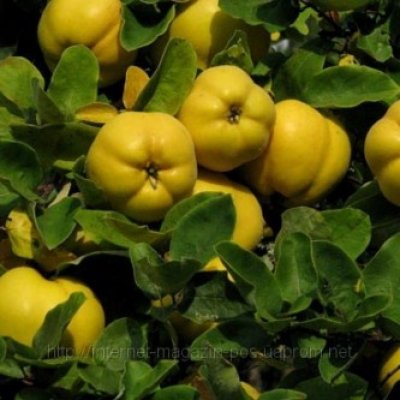Quince

QUINCE is quirky as well as delectable. A member of the rose family—along with apples and pears—the fruit is distinguished from its softer, sweeter cousins by its density, tartness and intense aroma. Appearing at summer's end and gone again by the New Year, it is the only fruit that requires cooking to be enjoyed. Nonetheless, mature quince, with its full and fruity perfume reminiscent of pineapple and rose, more than rewards the effort.
Like agriculture itself, quince originated in Mesopotamia's Fertile Crescent. Many scholars believe ancient references to the apple were, in reality, references to quince—from the "golden apple" given to Aphrodite by Paris to Eve's "forbidden fruit." Today, the fruit remains highly prized in Turkey, Greece and throughout the Middle East and North Africa.
Yet quince is woefully underutilized in the U.S. Quinces are ripe and ready for eating in late autumn. Quinces are used to make marmalade, spoon sweets, and jellies (they have a lot of natural pectin), pies or as additions to apple pies, and are delicious cooked with meats. In Greece we have favorite pork dishes with quince, and it's also good with lamb, turkey, and duck. Quinces can also be baked, much the same as apples.
Ancient Greeks associated the quince with fertility, and it played an important role in wedding celebrations where it was offered as a gift, used to sweeten the bride's breath before entering the bridal chamber, and shared by bride and groom. These associations have resulted in the quince becoming known as the "fruit of love, marriage, and fertility.